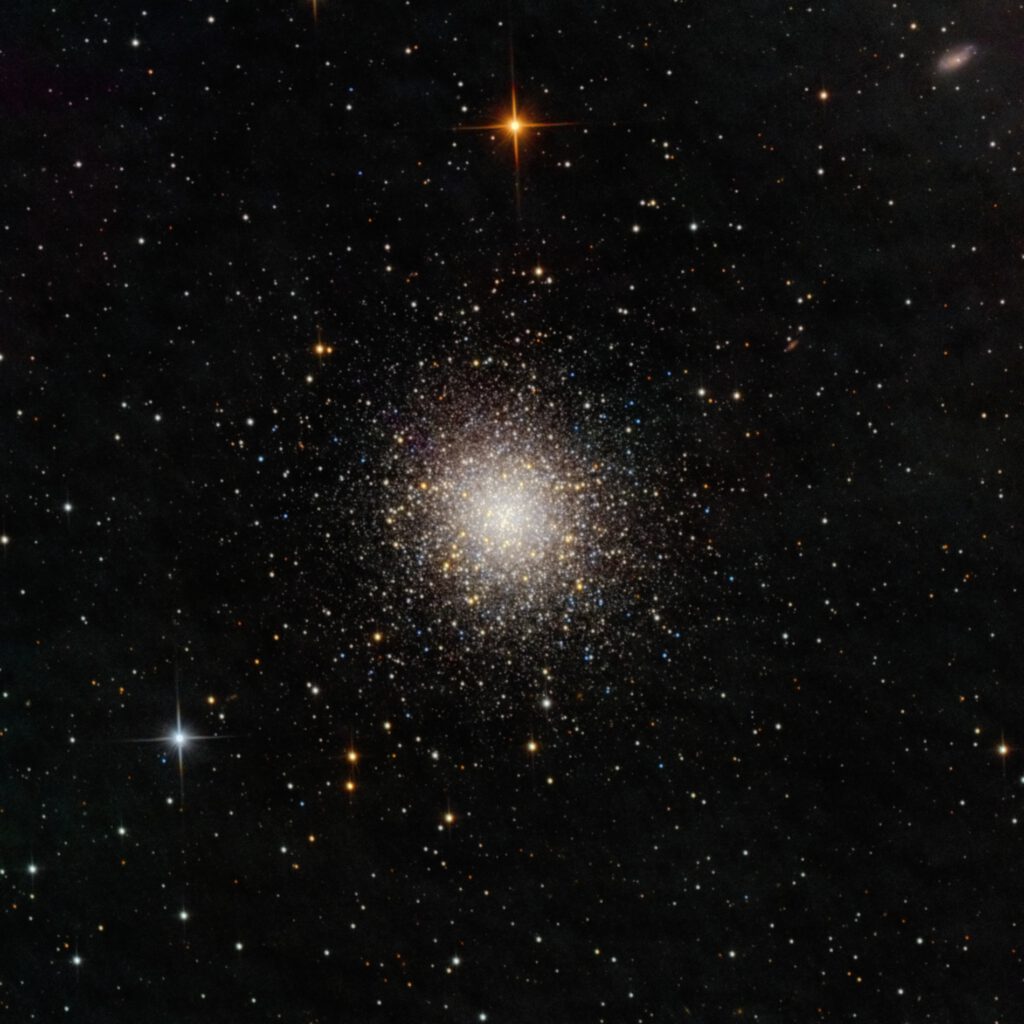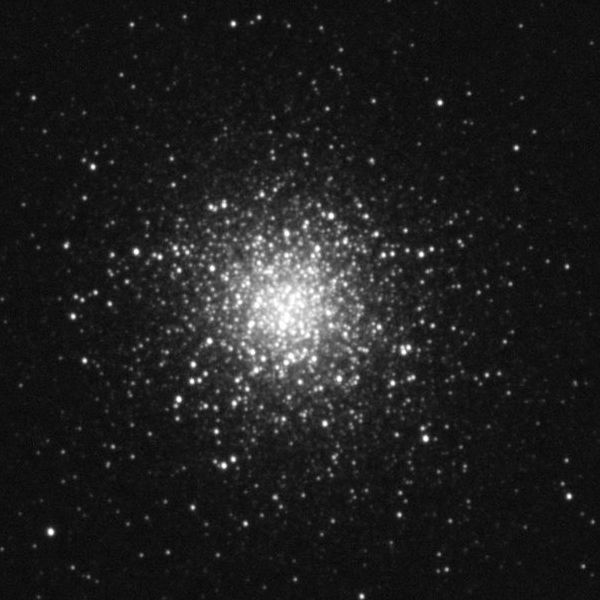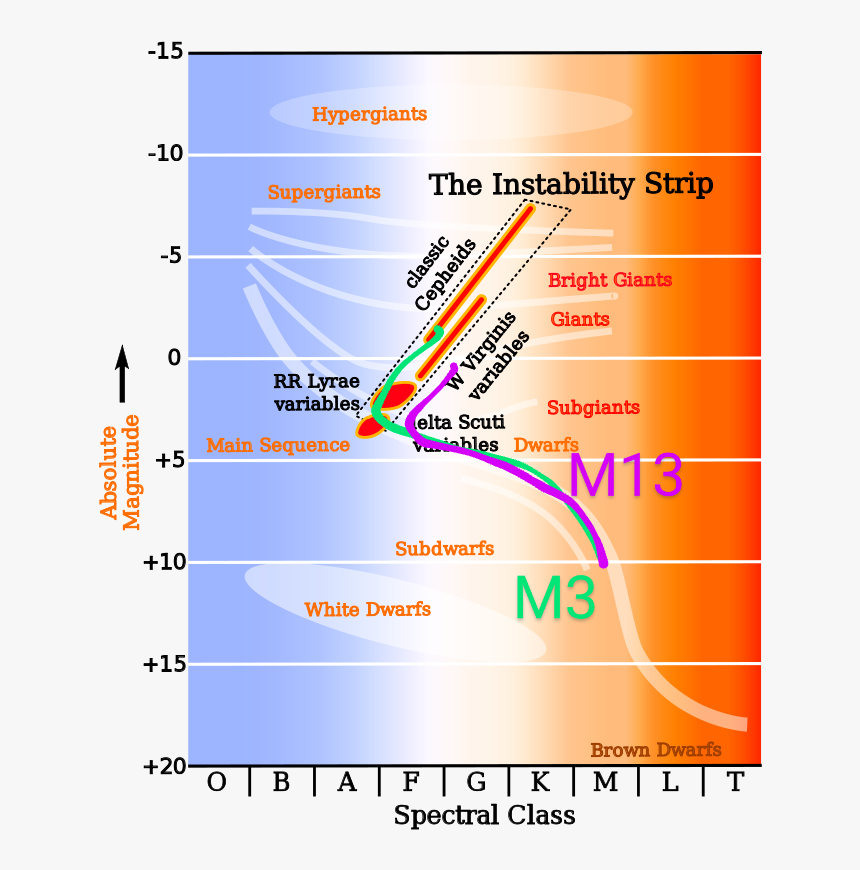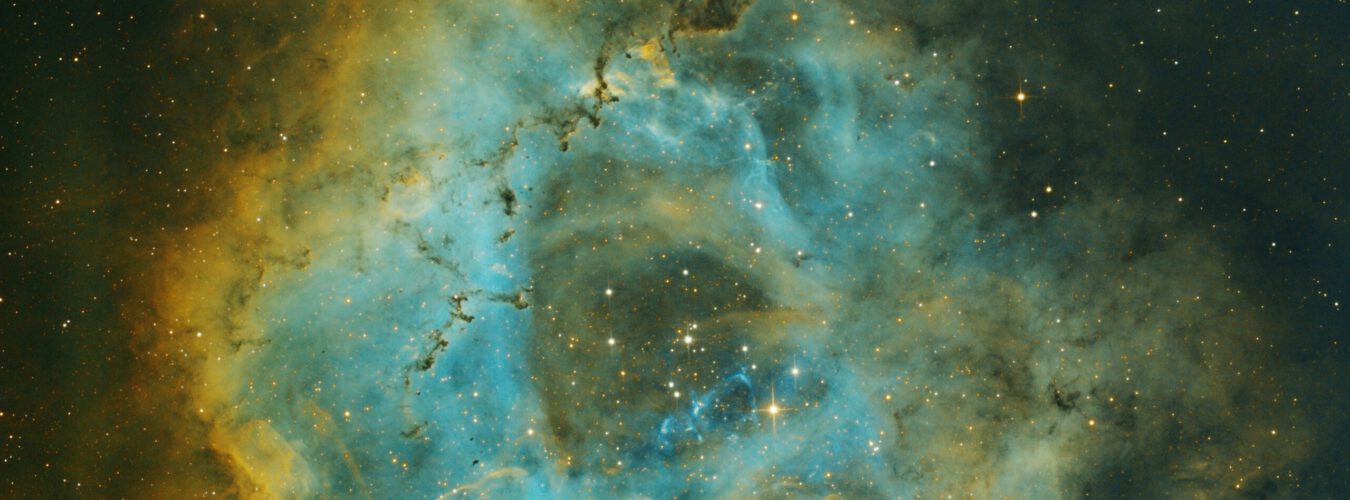
In globular cluster Messier I have picked up 15 pulsating RR Lyrea stars, and made an animation of those (click here). After that I hoped to also pick up these stars in Messier 13. The animation below shows the attempt to pick up pulsating stars in Messier 13, but there seem to be none in this cluster.

The animation of M3 below shows a lot of pulsating RR Lyrea stars.

M13 has only 10 confirmed RR Lyrea stars. Where M3 has over 200 of them. I think this has to do with the age of the 2 clusters.
M3 is 11,4 billion years old. M13 is 11,7 billion years old, so a little older.
RR Lyrea stars are located in a specific place in the HR diagram, just outside the main sequence. So these are stars that have just migrated of the main sequence. As a group of stars gets older, there are less massive stars on the main sequence. Those massive stars have already become giant stars and/or died
The position where the population deflects from the main sequence is therefore a measure of the age of a cluster. The lower it the deflects, the older the cluster is. As M13 is a little older, it will deflect of the main sequence lower then M3.

In M3, the population is definitely going through the RR Lyreas, as it has more then 200 of them. It has more or less hit the sweet spot in terms of age for that.
(See green line in HR diagram)
So this would mean that the population of M13 deflects of the main sequence just below the RR Lyreas of, and therefore only have 10 of them. (See my purple line in the HR diagram.)
M13 does have pulsating stars, but they are usually giants, with a longer period, which you do not pick up in 1 or 2 nights
